
Если попросить меня назвать список любимых фильмов с Дольфом Лундгреном, то "Битва драконов" будет в тройке. По крайней мере, так обстоят дела на данный момент, хотя я смотрел не все его работы. Я прекрасно понимаю, что данная картина, как говорится, не хватает звёзд с неба, и это, наверное, ещё мягко сказано. Каждый, кто посмотрит, найдет кучу изъянов, да и оценки на крупнейших кино-сайтах довольно красноречивы. В детстве, конечно, я не замечал большинства ляпов, но теперь разнообразные косяки и нелогичности сценария видны невооружённым глазом. Но самое странное то, что кино не перестает мне нравиться.
У небезызвестного режиссёра Айзека Флорентайна получилось создать некую смесь сказки (фэнтези, если угодно) и боевика. "Сказочная" составляющая выражена в довольно тривиальном для неё сюжете. В одной далёкой стране один деспотичный генерал (Кэри Хироюки-Тагава) узурпировал королевский трон и хочет взять в жены прекрасную принцессу. Та, естественно, против. А избавить красавицу и королевство от гнёта тирана под силу только доблестному рыцарю, в исполнении, разумеется, Дольфа Лундгрена. В общем-то, примерно то же самое можно узнать, прочитав описание к фильму. Сюжет - сама наивность. Это не претензия, лишь констатация факта. Кроме того, пейзаж того неизвестного государства представляет собой сплошные поля, луга, смешанные леса. Очень похоже на среднюю полосу России. Кстати, любопытный факт: как минимум в одном из вертолётов панель приборов подписана на русском языке (да ещё и без грамматических ошибок, но это не точно). Складывается ощущение, что это где-то неподалеку. Ещё забавнее то, что на всей транспортной технике, крупно красуется номер 666. Видимо, не что иное, как символ того, что у власти сейчас находится дьявол в обличии человека.
Как и положено, противостоит генералу-диктатору и его режиму горстка оборванцев, в фильме именуемых повстанцами, которые выглядят, как простые крестьяне, живущие в палатках и питающиеся подножным кормом. Только в руках у них не грабли и лопаты, а автоматы и гранаты. Вообще силы очень не равны, так как у армии генерала есть всё для победы, у повстанцев же нет ни шиша. И как показали события, шансов победить у последних почти нет. Ума не приложу, как принцесса, заговаривавшая о том, что она возглавит сопротивление, сможет хоть что-то противопоставить супостату. Вообще, удивительно то, что эту принцессу, видимо, никто не знает в лицо, кроме парочки самых приближённых людей, поэтому она легко может покидать дворец, и идти куда хочет и зачем хочет. А ещё сбежать в лес для неё, как говорится, раз плюнуть. Что за олухи охраняют въезды и выезды, непонятно. Они даже Дольфа, который после своего поступка должен быть объявлен "персоной нон гранта", никак не скрывая своей настоящей личности, пропускают на территорию без лишних вопросов. В общем, сценарий дыряв, как носки бомжа.
Но в чем фильм хорош, так это в выборе актёров на главные роли. Образы Дольфа и Тагавы невообразимо круты. И даже не знаю, кто круче. Дольф - верный пёс генерала, самый лучший солдат, бравый вояка. Методично, хладнокровно и быстро уничтожает врагов голыми руками и при помощи оружия. Кстати, пушка его имеет необычный дизайн, что запомнилось ещё в детстве. Герой настолько суров, что позволяет себе не целиться, стреляя в противников, и все равно попадает. Ладно, хоть смотрит в направлении ведения огня, а не в другую сторону, а то смотрелось бы совсем уж глупо. Сложилось ощущение, что на съёмочной площадке о правилах ведения огнестрельного боя никто и слыхом не слыхивал, так как прицельную стрельбу там ведут лишь изредка. За укрытиями также прячутся нечасто, скорее наоборот, выбегают на линию огня, чтобы побыстрее быть убитыми. Хотя в то время в подобной манере любили снимать масштабные перестрелки. Но в чем создатели сего полотна нагло схалтурили, так это в пулевых ранениях. Каждому второму противнику огнестрельное ранение пририсовать забыли. А может, это Дольф настолько крут, что стреляет невидимыми пулями, которые оставляют невидимые раны. Или создатели просто экономили бюджет. В детстве, кстати, этой детали я не заметил. Зато мне понравилось то, как падают застреленные. На этих падениях режиссёр и оператор сделали небольшой акцент и часто показывали их в слоу-мо. Замедленных кадров там хватает, но без перебора. Что ж, было классно. Оператор вообще неплохо справился со своей работой. Также Дольфу дают помахаться, а не только пострелять. В этом фильме он всё ещё эффективно бьёт ногами с разворота и именно здесь мне впервые довелось увидеть редкий не только для кинематографа, но и вообще, рубящий удар ногой.
Первое появление Тагавы в образе генерала Рю Ченга я запомнил на всю жизнь. Тот момент, когда он вышел из вертолёта со своим бесстрастным прищуренным взором, наисуровейшим выражением лица и поджатыми губами, сразу давал понять, что перед нами чистейшее зло. И это не раз будет подтверждено по ходу фильма. Да и сыграно великолепно. Хотя у него такие черты лица, что ему не обязательно из кожи вон лезть, чтобы показать злодея. А как ему идёт военная форма, - просто загляденье. Классная роль, классный образ. В этой картине ему опять суждено было потерпеть поражение в поединке от Дольфа, как это произошло восемью годами ранее в фильме "Разборки в маленьком Токио".
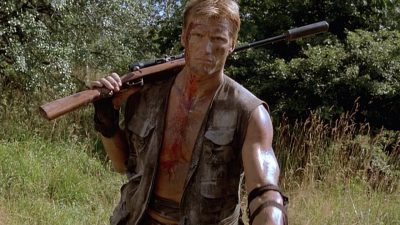
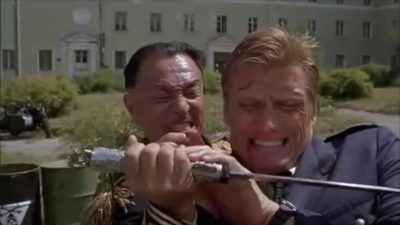
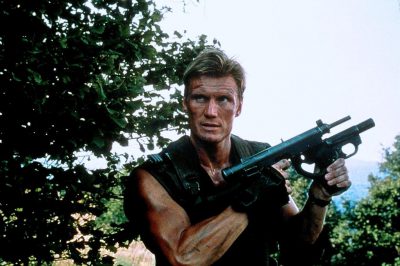
Из второстепенных персонажей хотелось бы отметить Гэри Хадсона, который в то время также нередко появлялся в боевиках, но только, к сожалению, на вторых ролях. Здесь он представлен в виде такого же, но чуть менее крутого солдата, нежели Дольф. По началу они друзья, но после предательства Лундгрена, Хадсон становится номером один в армии Рю Ченга и получает приказ выследить и убить изменника. Ему также довелось и подраться и пострелять, хоть и не так много, как хотелось бы.
Кстати, если перестрелки здесь изобилуют замедленной съёмкой, - рукопашные сцены в этом плане не отстают. Замедленные удары, замедленные падения с резким переходом к обычной нормальной скорости хоть и часты, но не все бои сняты именно так. Почти в каждой стычке имеется не по одному такому приёму, но смотрится это по-своему круто. Конечно, длинные дубли предпочтительнее, но и тут тоже довольно неплохо смонтировано, а ведь есть примеры гораздо более худшего монтажа. Радует, что бесконтакт, который скорее всего там был, не заметен и не чувствуется, нежели как в доброй половине "бэшек" производства США.
Именно после просмотра этого фильма в детстве я захотел не просто стать мускулистым и/или обучиться какому-либо боевому искусству, но и стать военным. Вот настолько сильное впечатление в то время произвёл на меня Дольф и его персонаж, даже несмотря на то, что здесь он не на пике своей физической формы.
Сергей Волколак
Специально для Fight-Films.info
Метки: Bridge of Dragons, Айзек Флорентайн, Гэри Хадсон, Дольф Лундгрен, Кэри-Хироюки Тагава



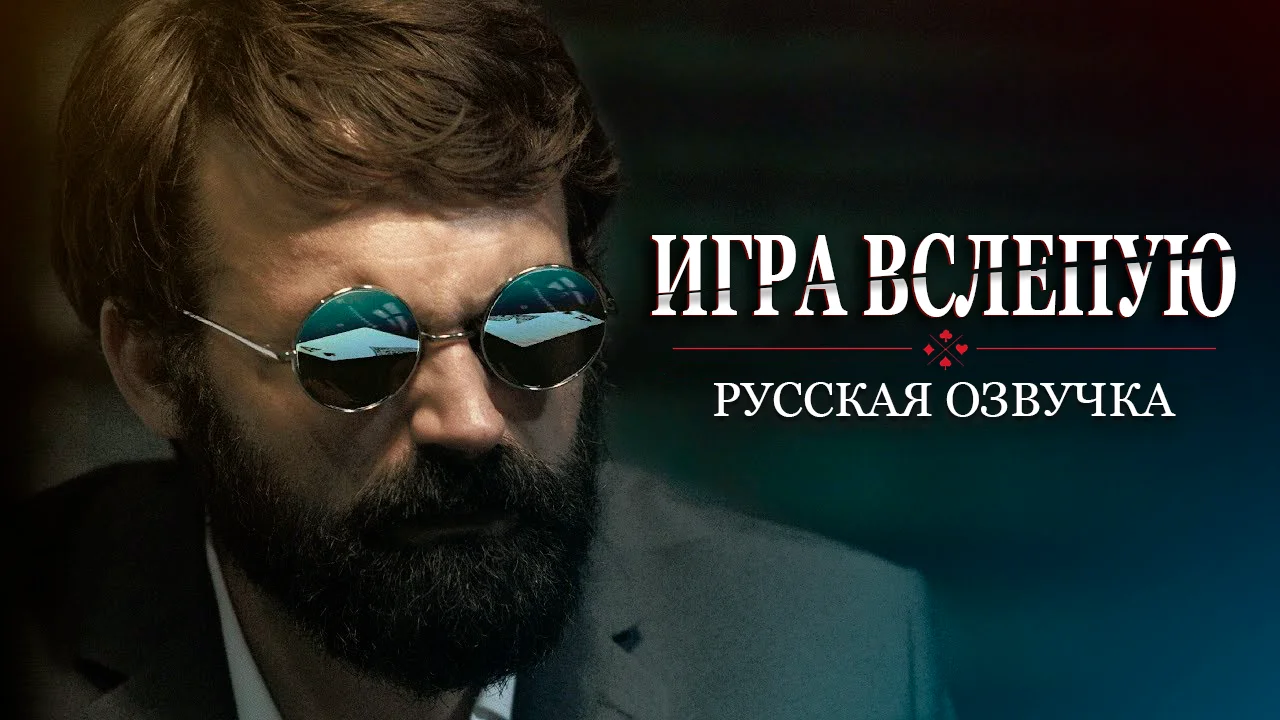
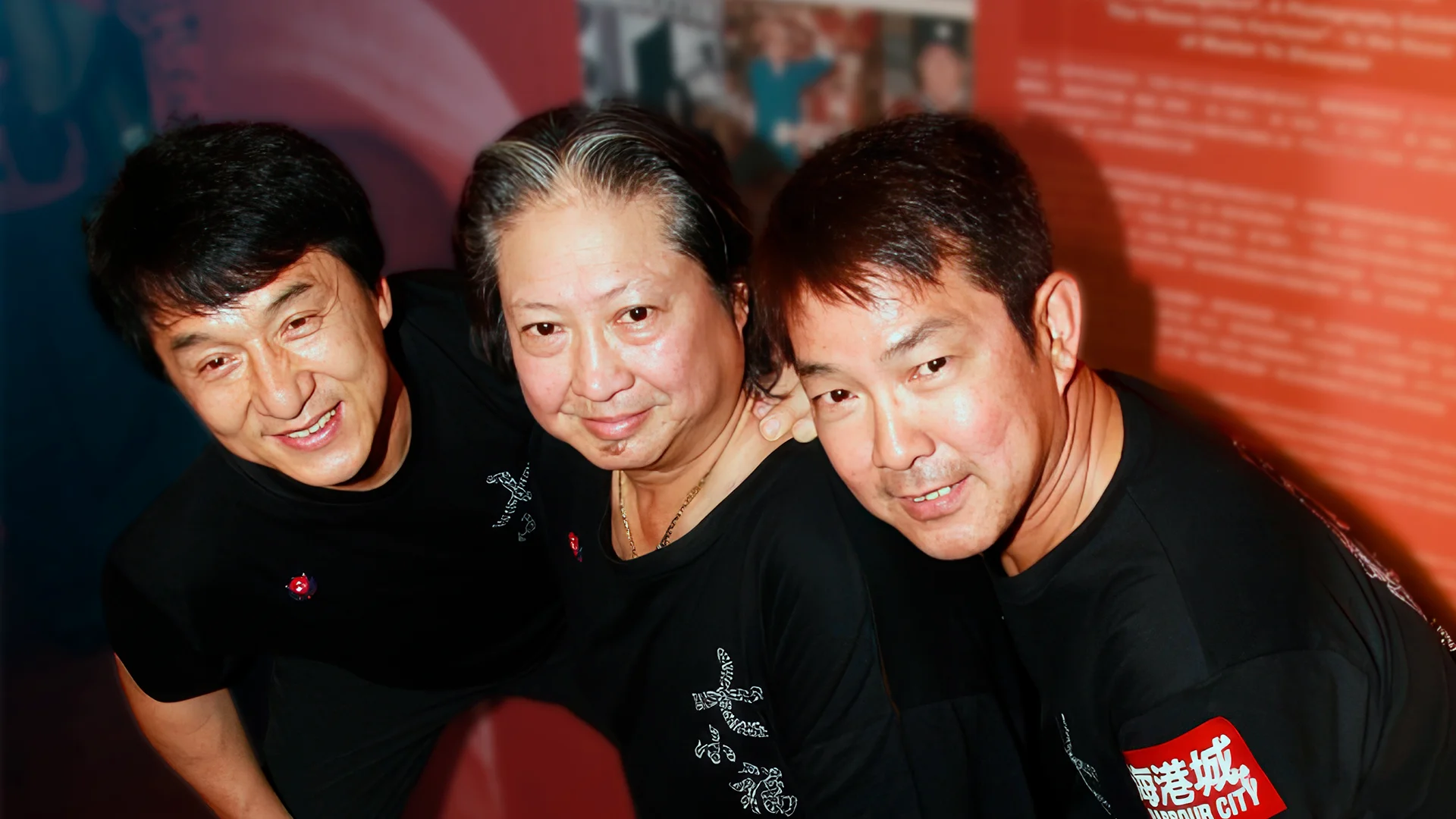
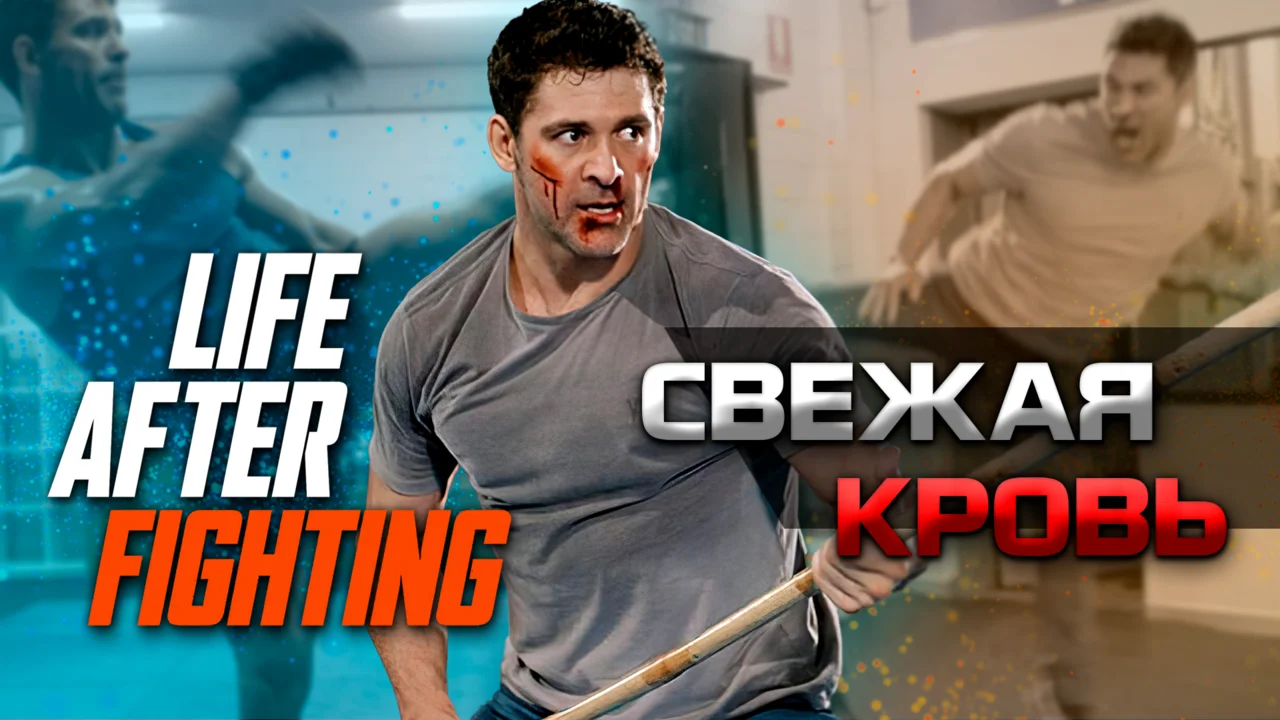
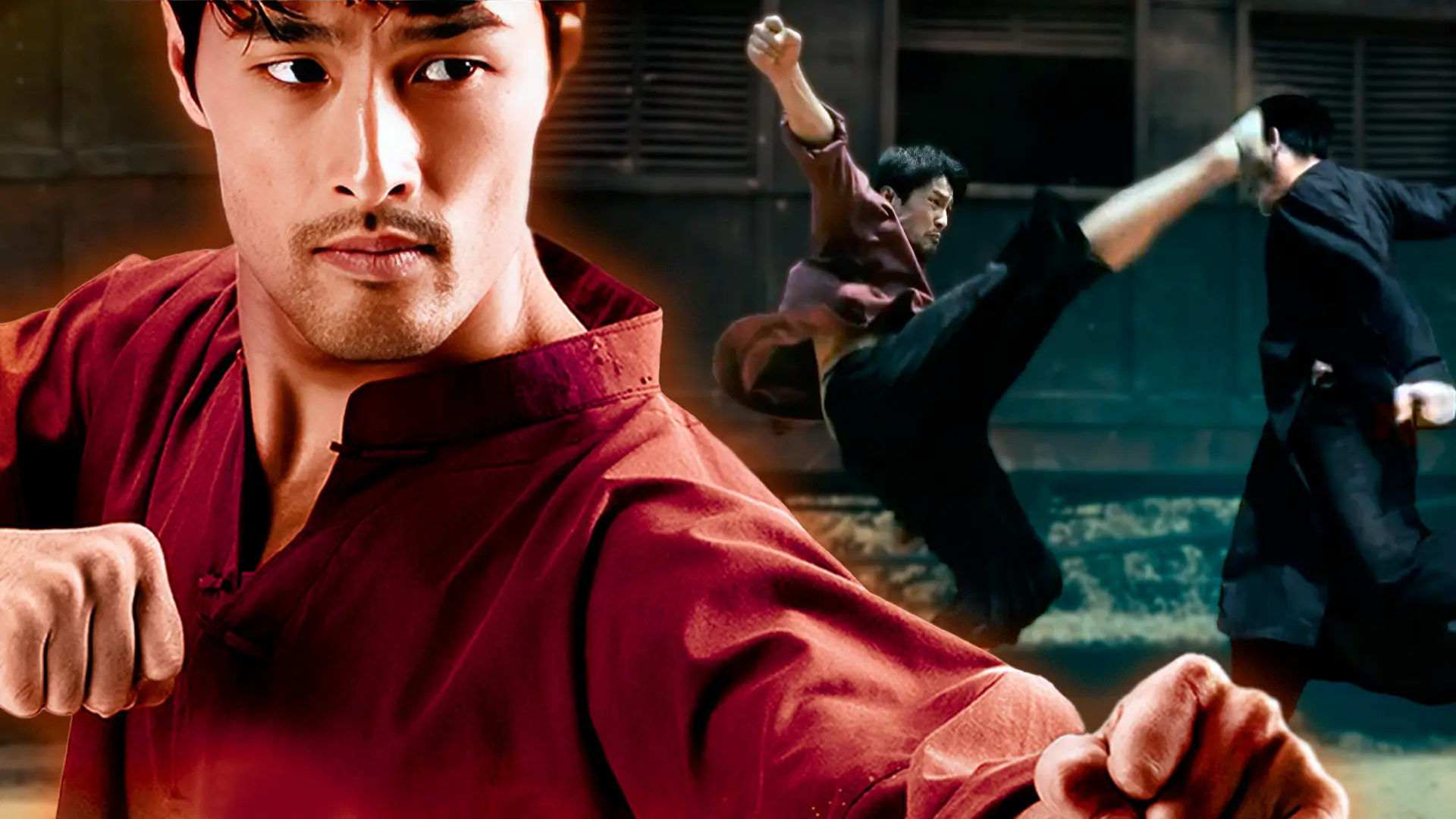
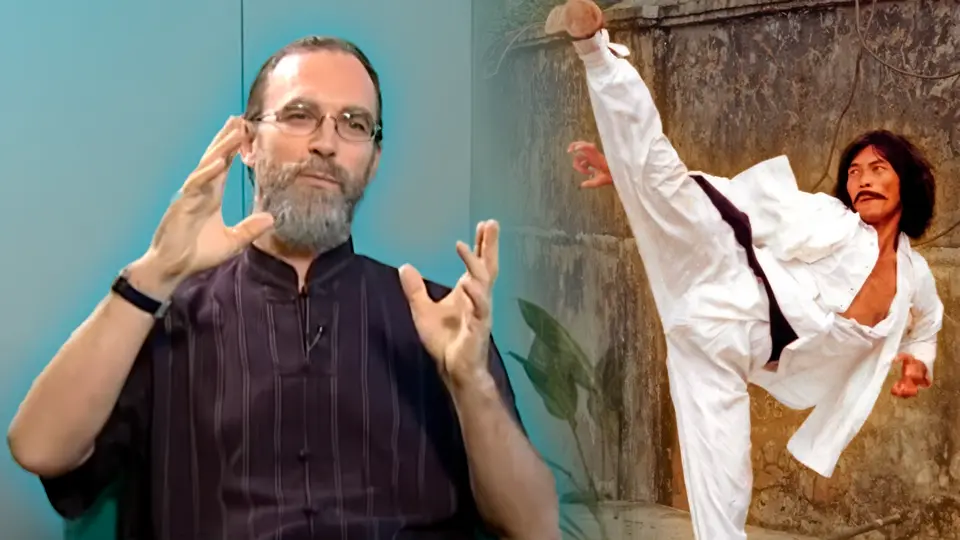

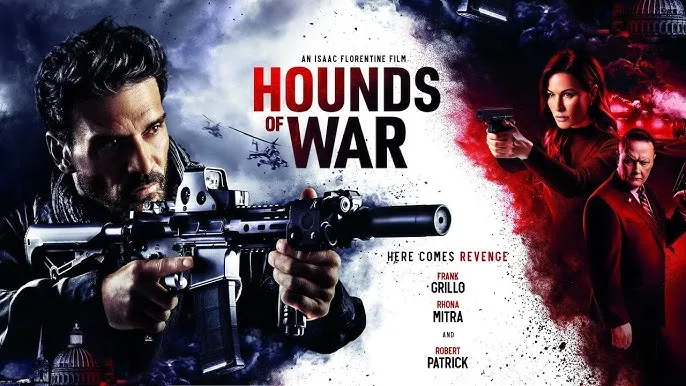
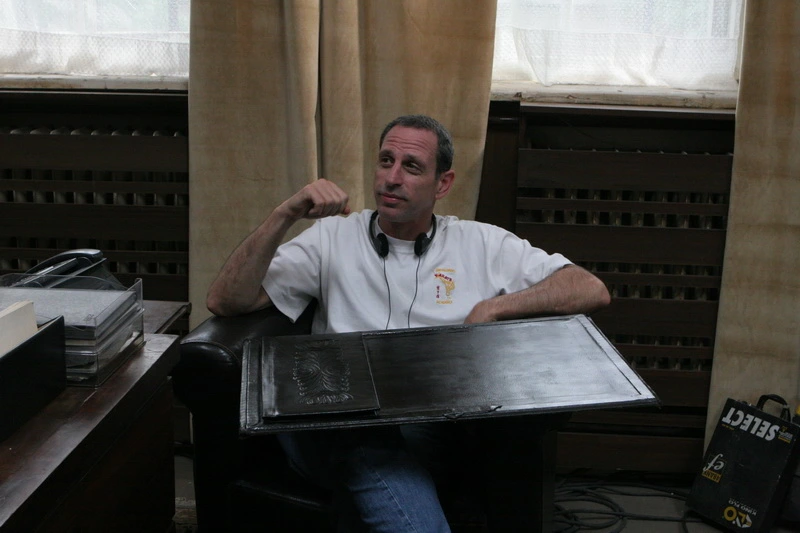
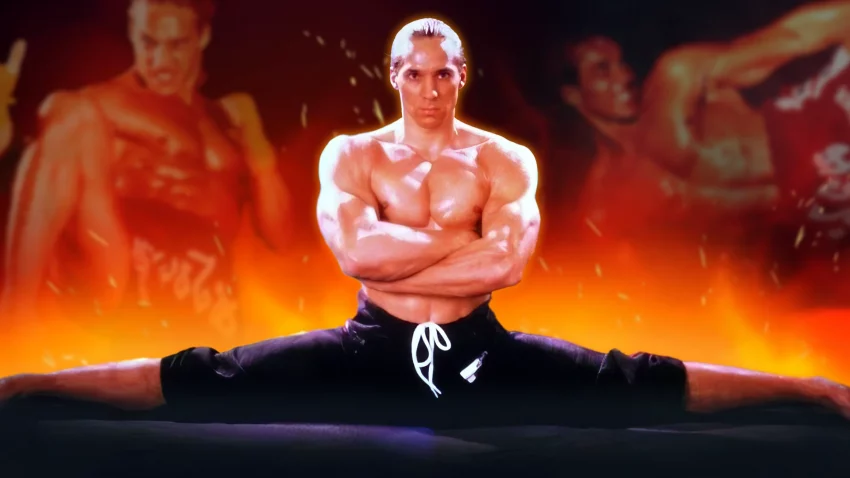
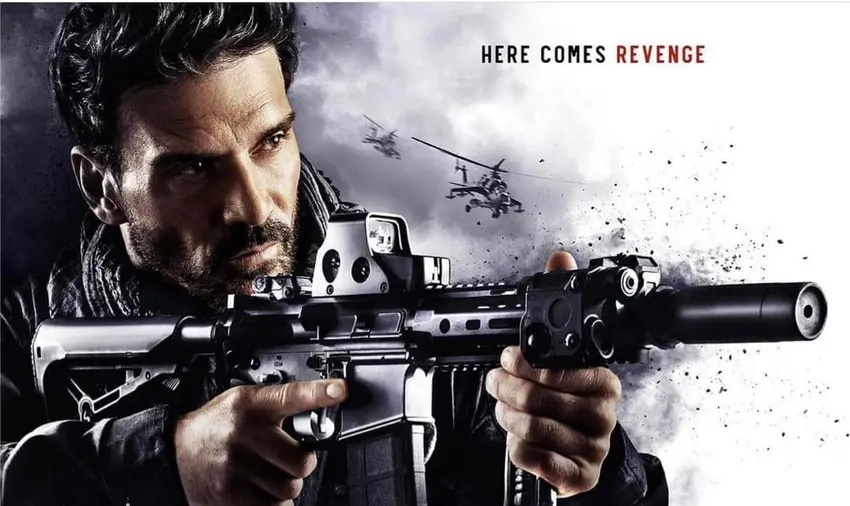
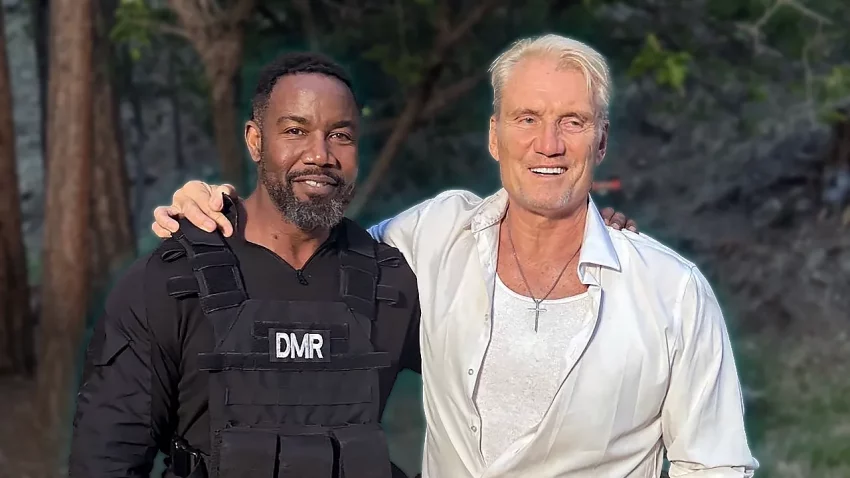
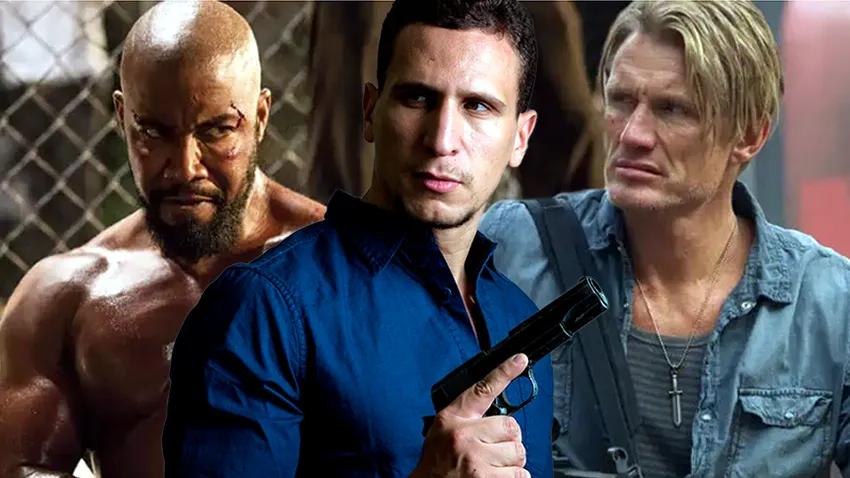
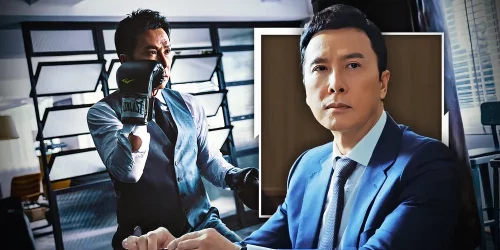
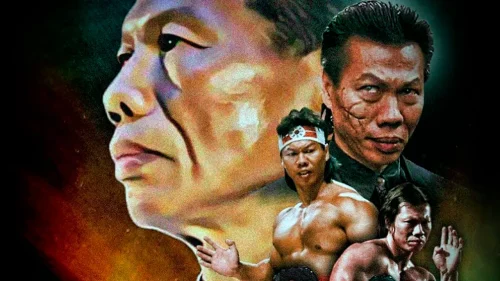
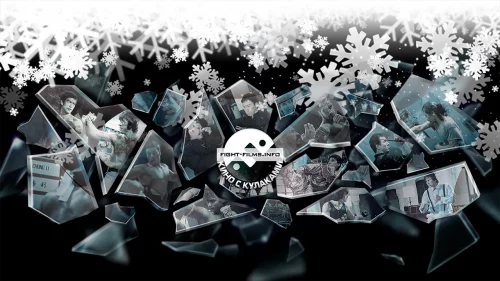
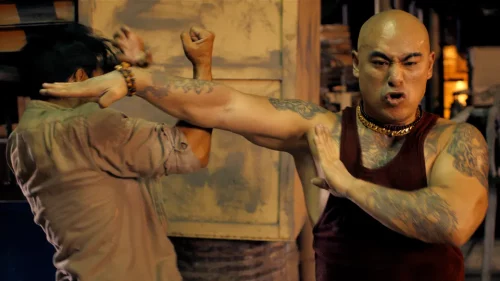
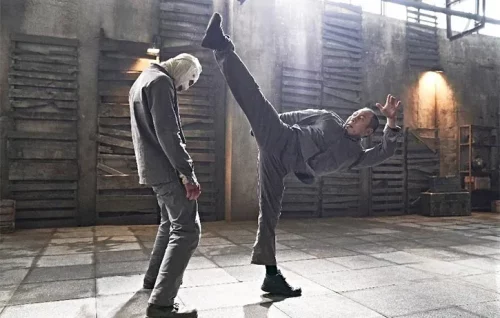
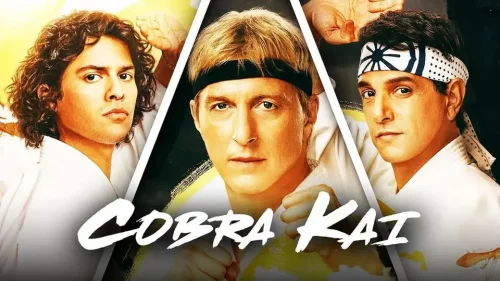
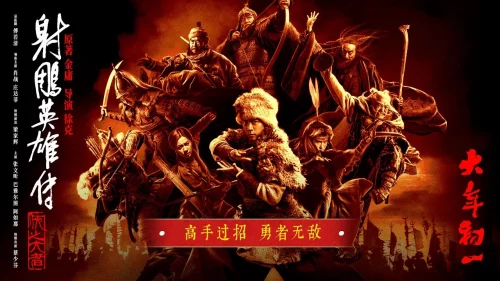
Да, фильм реально хорош. Если не брать в расчет самые известные и хорошо оцененные(зрителями, а не всякими там критиками) работы Лундгрена в лице Разборок, Унисола и Неудержимых, то этот фильм действительно вполне тянет на топ-3 в его фильмографии. Аккурат прям за Солдатами фортуны поставить можно.
По моему стандартный фильм студии Nu Image середины 1990-х формата Direct to VHS. Другое дело, что сейчас со своей простотой и незамутненностью такие фильмы как то очень хорошо заходят. Ну и конечно хореография Айзека Фиорентино, который последнее время, что то сдал. И уж точно не в тройке лучших. Для меня - это "Палач", "Разборки в Маленьком Токио" и "Неудержимые".